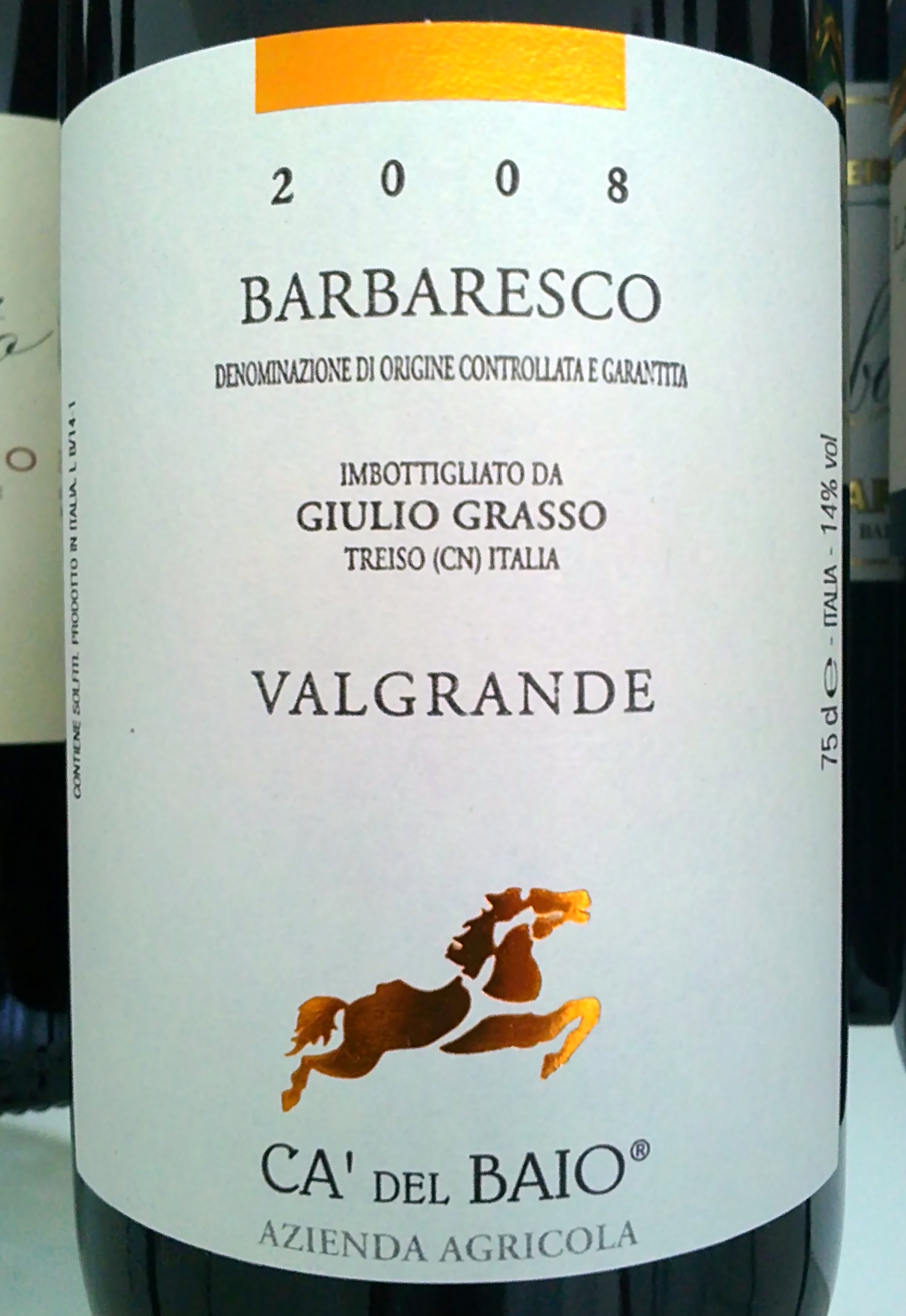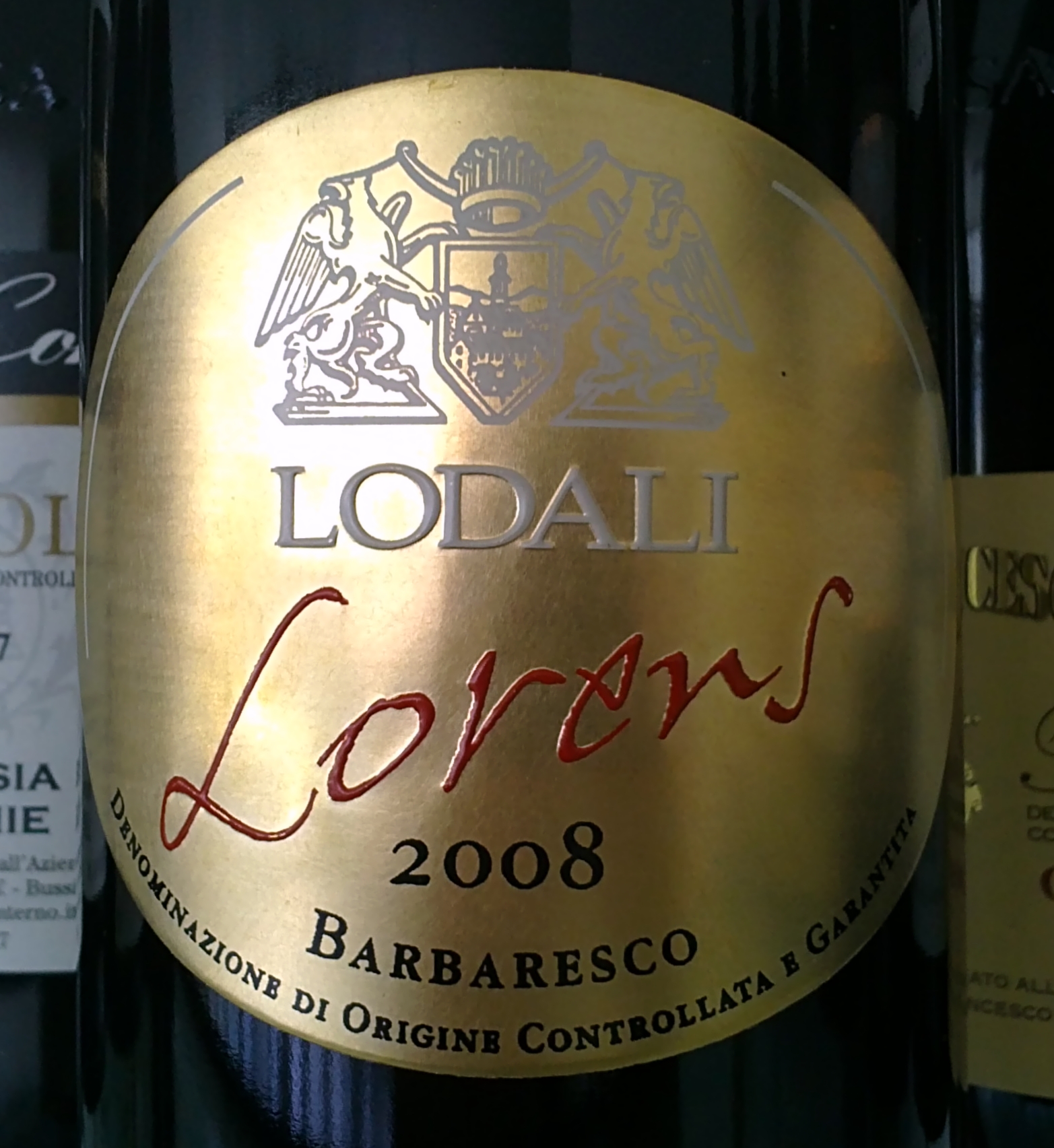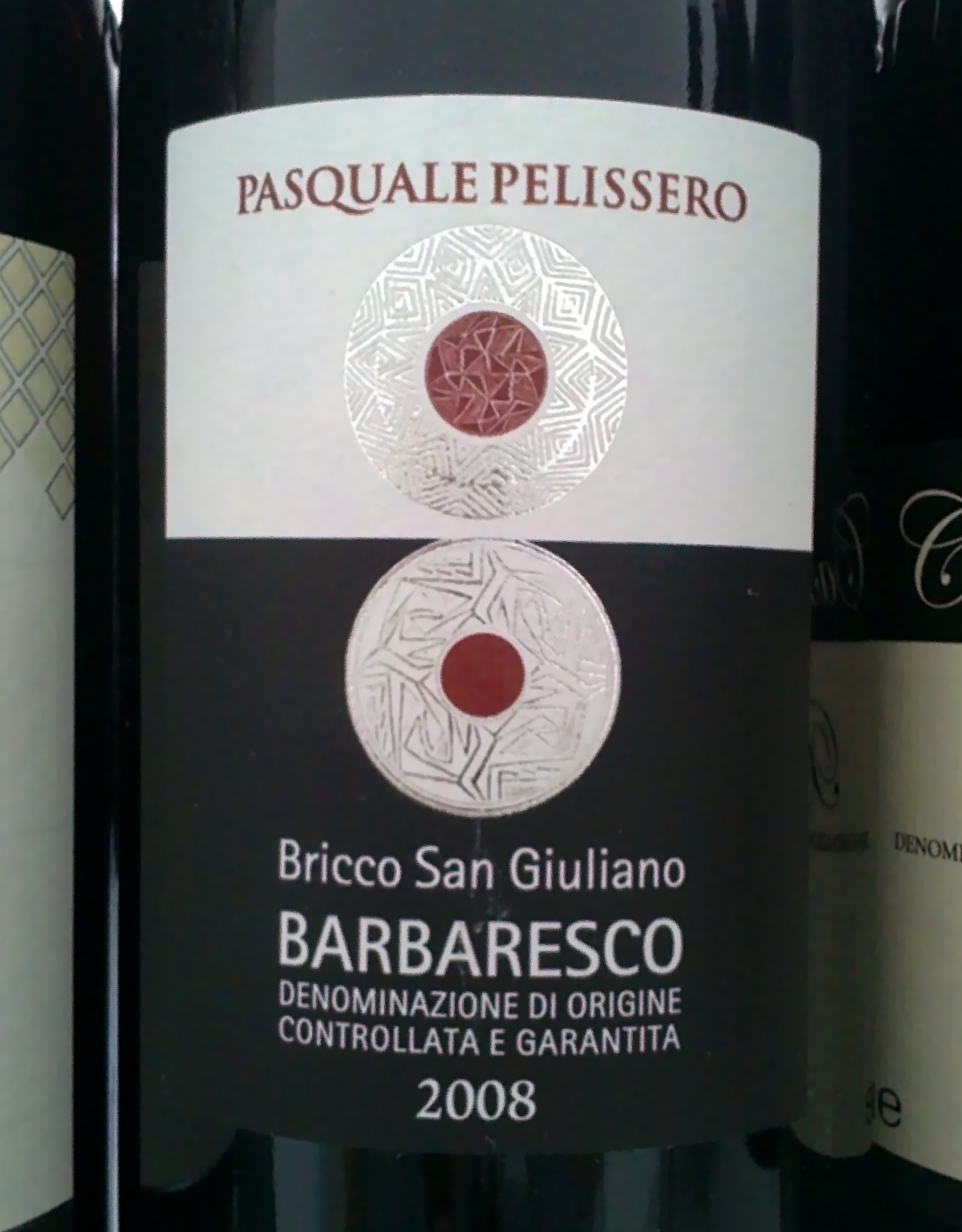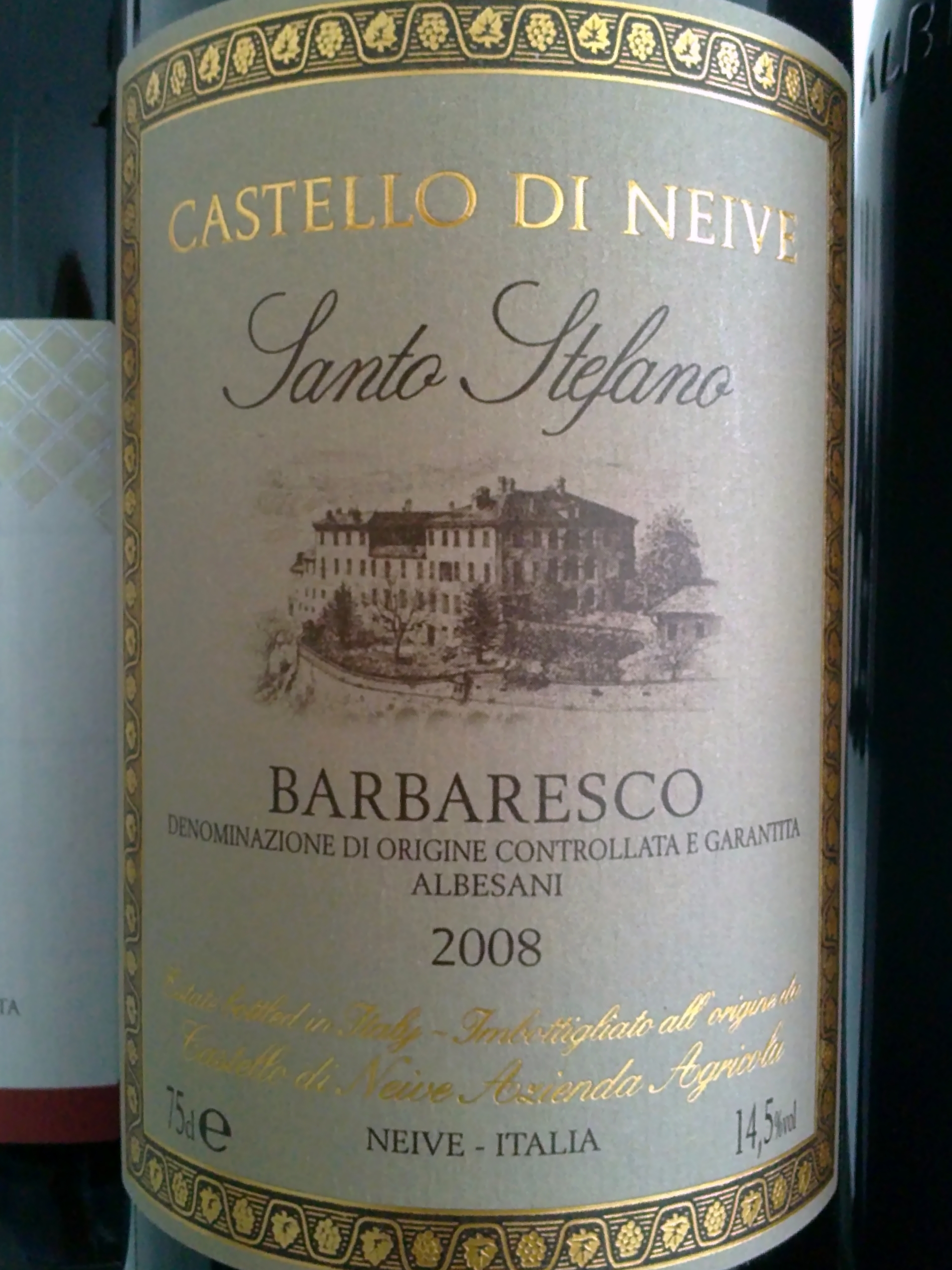2008 Barbaresco: surprises
Posted on 10 May 2011
Second day of the 2011 Nebbiolo Prima. I blind-tasted 67 wines in the morning session including 45 Barbarescos from 2008. I might have summarised the vintage yesterday rather pessimistically; today’s flights were more successful. The high-acid, high-tannin style of the vintage was still there, but fewer wines were poor on fruit and meagre. The best 2008 Barbarescos have very good fruit, in fact: ripe cherries and strawberries, allied with a strong structure for ageing in the medium and long term. (I have little nice to say about 2006 Barbaresco Riserva, which in general were very disappointing with only two very good wines out of 14).
Day variations apart (and they are important, whatever you say: the weather today is sunnier with higher pressure), my tastings showed the importance of terroir. Yesterday’s series consisted exclusively of Barbarescos from the Barbaresco town itself; they’re usually the most successful, most classic, and in the case of single vineyards like Rabajà, the most structured too. In 2008, surprisingly, the two other villages of the Barbaresco appellation, Treiso and Neive, appear to be performing better. It’s surprising especially in the case of Treiso, usually the source of wines that are less consistent and complete.
The good surprises of Treiso today include Ca’ del Baio Valgrande (another excellent showing for this vastly improving estate), Rizzi Nervo Fondetta and Eredi Lodali Lorens (a big surprise; I’ve never been impressed by this estate before. But just as importantly it’s the general level that was high enough. I was also impressed by Neive’s Marchesi di Barolo Serragrilli, Pasquale Pelissero Bricco San Giuliano, and Castello di Neive Santo Stefano (a classic with a long track record, but rarely as expressive as in 2008).
The good news is that these Barbarescos are really inexpensive. Later on the day I visited the Enoteca Regionale di Barbaresco, a sort of showroom for the appellation’s producers (where I received excellent service BTW), and was shocked by the reasonable prices: a bottle of Barbaresco can be had for as little as 12€ while very good ones fall between 16 and 25€ (there are a few that cost quite a bit more, but they’re a minority). That’s roughly half the price of a good Barolo. If you buy them to cellar two or three years, Barbarescos are one of the best bargains in Italy these days.
Disclosure
My trip to Piedmont including flights, accommodation and wine tasting programme is sponsored by the Albeisa association of wine producers.





